Written by Kelsey Low
We all love honey – that sweet, golden stuff goes in our tea, on our toast, and in countless other delicious treats. We also know that honey comes from bees. But what IS honey, and why do bees make it?
Bees get their food from flowers. While bees are foraging, they pass pollen from flower to flower, pollinating the plants and allowing them to reproduce. The majority of flowering plants – including most of our food crops – need bees and other pollinators to survive.
Adult bees visit flowers to gather both pollen and nectar, but it’s the nectar that will eventually turn into honey. They lap up the sweet, liquid nectar with their long tongues and store it in their stomachs, using a little bit to fuel them as they fly.
Nectar is mostly water and isn’t easy to store, so bees turn it into honey. A bee with a belly full of nectar will regurgitate the nectar into an empty wax cell in the honey comb. It will then suck the nectar back up into its special “honey stomach” which is full of enzymes that eventually turn the complex sugars of nectar into simple sugars called glucose and fructose. The sugary liquid is left uncovered, allowing the extra water to evaporate. The bees use their wings like fans to help speed the evaporation process. When most of the water is gone, the bees cover the honey with wax. The honey is now very concentrated and – if left covered – will NEVER spoil. This makes a fantastic, high-energy, long-term food source for the hive to use during cooler months when flowers are scarce.

Think of all that work the next time you enjoy some sweet, delicious honey, and take a little time to thank the bees that made it. Without them, we wouldn’t have honey, and we wouldn’t have any of the countless fruits and vegetables that need bees for pollination.
To celebrate bees, honey, and the start of National Pollinator Week, join us on Saturday, June 18th at 8:00 pm for Arboretum at Night: Honey Moon. Enjoy a taste of four delicious Texas honey varieties paired with complementary cheeses. You can also try a sample of Texas mead, a honey-based wine and favorite drink of the ancient Vikings. Michael Eckenfels will give a short talk about native bees and their importance for pollination, and Nicole Buergers of the Bee2Bee honey collective will be available to answer questions about beekeeping and honey. After the talk, enjoy a guided night hike under the nearly full Honey Moon.
If you want to celebrate at home, try cooling off with one of these delicious honey drink recipes:
Honey Lemonade
4 1/2 cups water
1/3 – 1/2 cup honey
1 cup freshly squeezed lemon juice
In a pot or saucepan, warm the water and honey over low heat. Stir until the honey is dissolved – this should take only a minute or two. Stir in the lemon juice and taste, adding more honey if desired. Chill and serve with ice and a slice of lemon. Extra delicious when you add a few crushed mint leaves or strawberries!
The Prairie Pollinator (based on “The Bee’s Knees”)
For the honey-mint syrup:
1/2 cup wildflower honey
1/2 cup water
12-15 bergamot, bee balm, or lemon mint leaves
For two cocktails:
4 ounces gin
2 1/2 – 3 ounces honey-mint syrup
3 ounces freshly squeezed lemon juice
To make the honey-mint syrup, combine the water, honey, and herb leaves in a medium saucepan. Bring to a simmer over medium heat, then turn off the heat and let steep for 15 minutes. Strain into a jar or bottle. If tightly sealed, the syrup will keep in the fridge for about 1 month.
To make the cocktails, combine gin, lemon juice, and syrup in a cocktail shaker. Fill halfway with ice and shake until completely chilled. Strain into a glass and garnish with a mint flower or leaf.


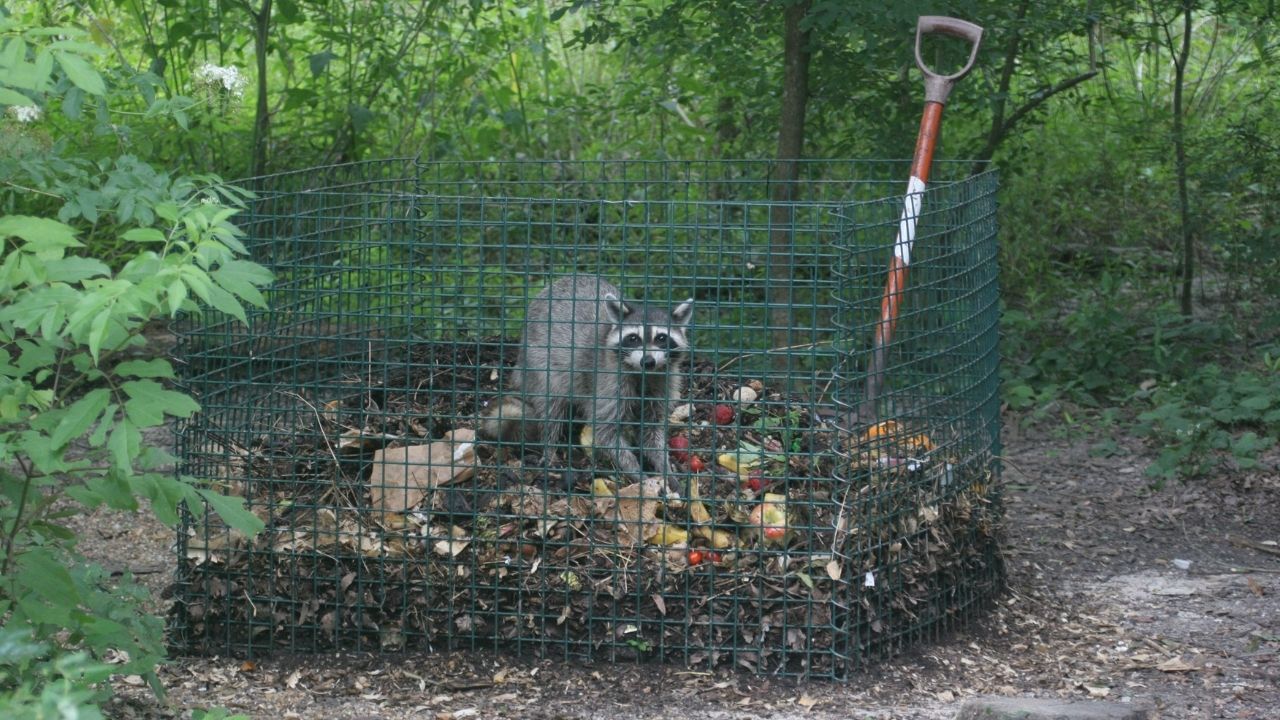

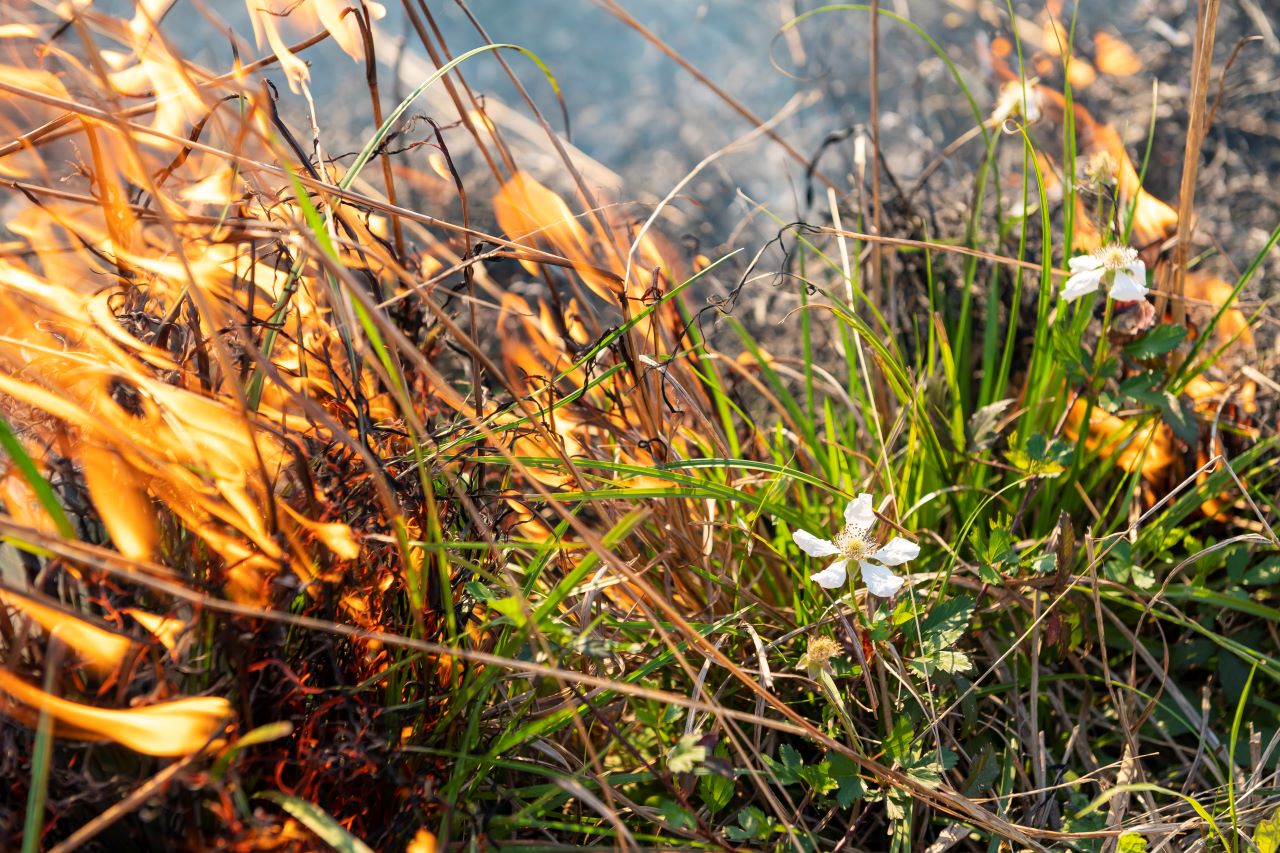

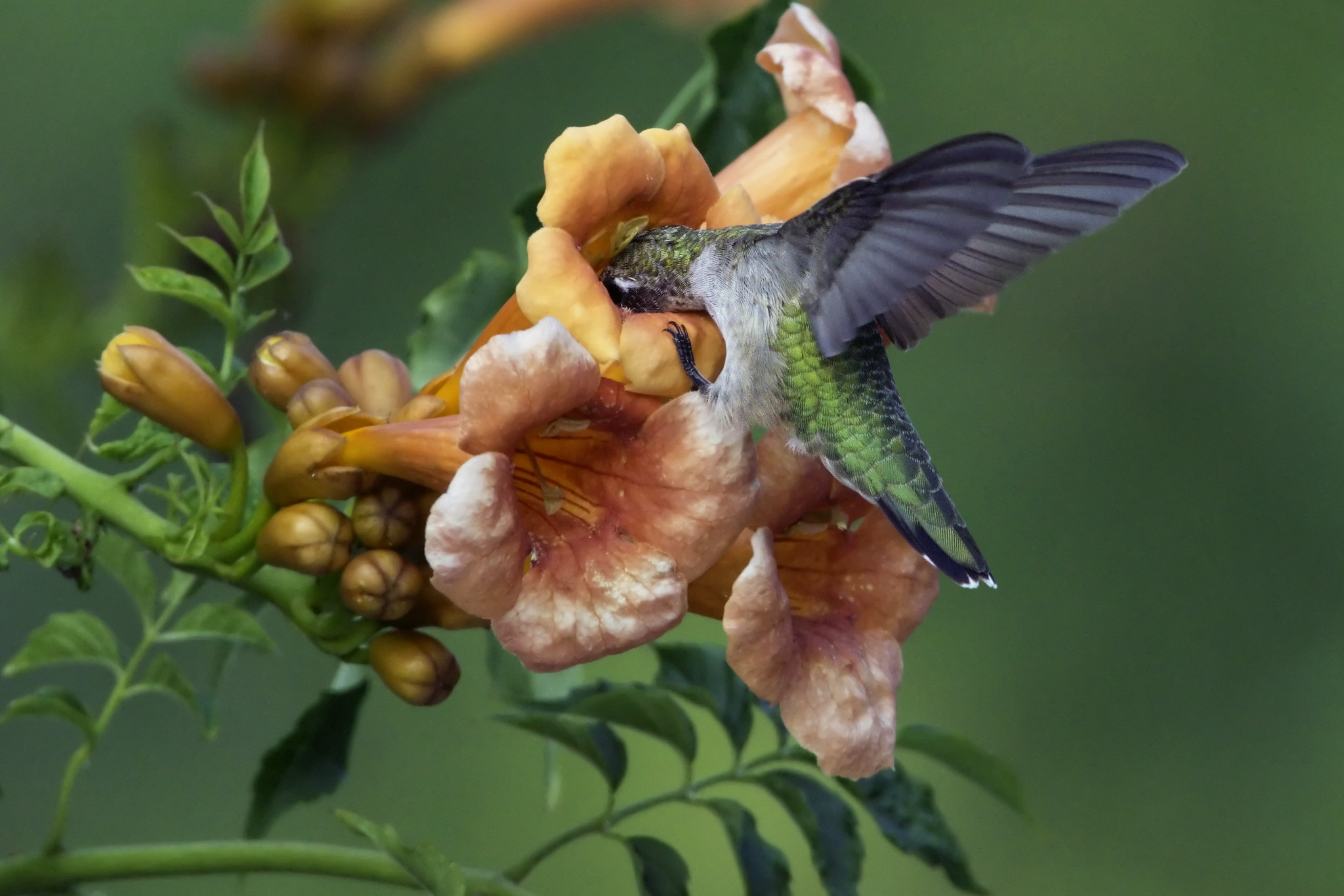
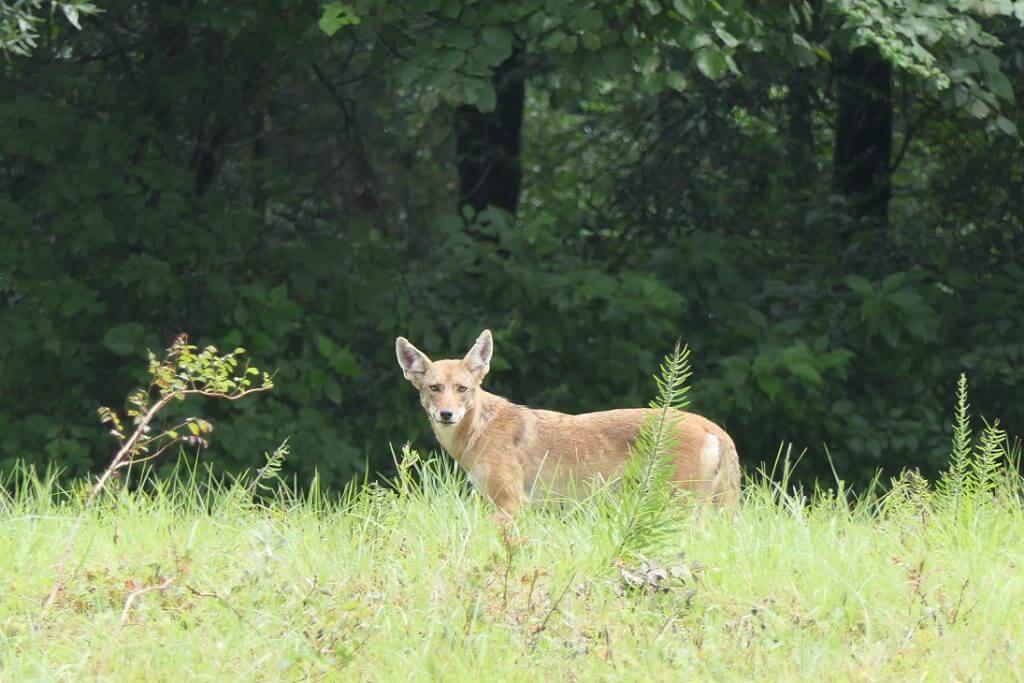

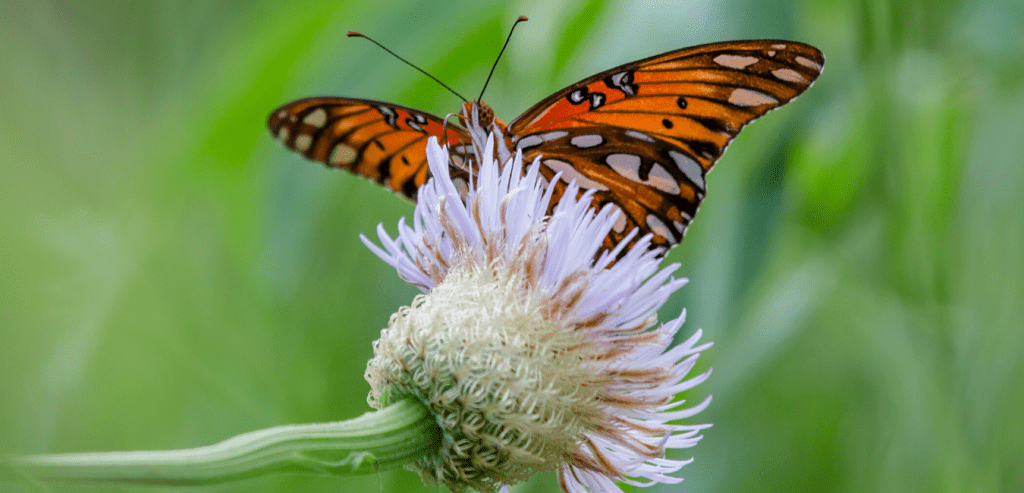

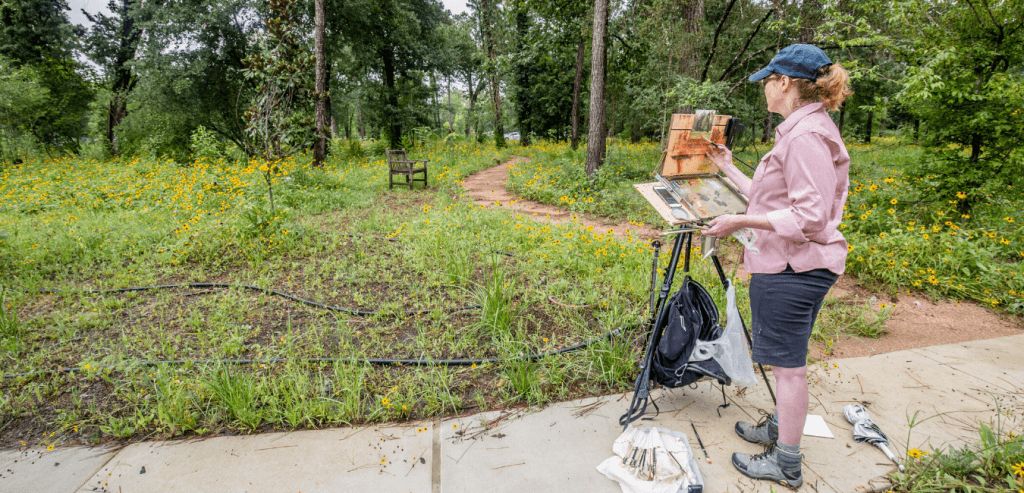

 Closure Reminder
Closure Reminder 



